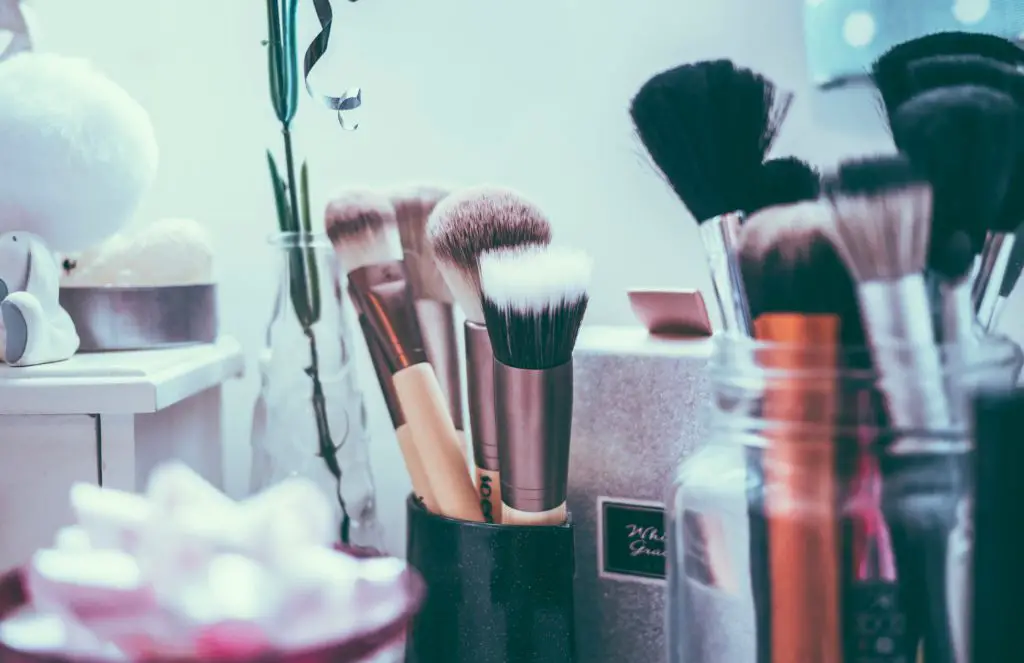Introduction
The consumer goods market is highly competitive, requiring its manufacturers to be innovative, creative, and diverse with their products and marketing strategy if they must remain relevant in the market. Procter and Gamble or P&G is one of the largest producers of fast-moving consumer goods in the world and has established its presence in many countries, maintaining relevance with its variety of products. However, they are not the only company making these moves.Let us know about Procter and Gamble’s Competitors and the products of procter and Gamble in this article.

Procter and Gamble’s competitors
P&G controls a large share of the fast-moving consumer goods (FMCG) market across the continents and its major competitors include but are not limited to Colgate- Palmolive, Church and Dwight Co., Unilever, L’Oreal, Estee Lauder, and Johnson&Johnson, etc.
Top Procter and Gamble’s competitors
Since its inception in 1837 and till now, P&G has manufactured a broad range of fast-moving consumer goods that have significantly become a household name in many homes globally. The fact that their products tend to the basic needs of every household keeps them on the top of every consumer’s mind. Nevertheless, they have strong competition from several companies that manufactures almost the same products as them. Who are these competitors?
Beauty
Avon, Unilever, Revlon, L’Oreal, and Estee Lauder are major competitors with P&G’s beauty products. These companies have made a name in the beauty industry as well, with L’Oreal being the world’s largest beauty company, followed by Unilever and P&G. L’Oreal’s skin care products and those from P&G’s Olay are side-by-side competitors because their products aim towards achieving the same results.
From shampoos to body wash, skin care products, and even make-up, these brands are alternatives to P&G.
Health Care
Accounting for 12% of P&G’s net earnings and 13% of sales in 2021, Oral-B, Crest, Pepto Bismol, Vicks, etc., are some of P&G’s Healthcare brands with popular names on the shelves in your local marts, supermarkets, or big box shops. Next to them, you will find their competitors from companies like Colgate-Palmolive, United-Guardian, and Church and Dwight. Co.
Fabric and Home Care
This is P&G’s top category, accounting for 34% of the company’s net sales and 31% of its net earnings with brands like Ariel, Tide, Fairy, Downy, etc. P&G’s competitor in this category includes Church and Dwight. Co’s Arm and Hammer, Oxiclean, Clorox, Unilever’s Surf and Persil, and Ajax, Fleecy, and Palmolive from Colgate-Palmolive.
Baby, Feminine, and Family care
Pampers, which falls under this category is P&G’s most popular brand and its competitor is Huggies from Kimberly-Clark Corp. Always to Tampax, bounty, and the other P&G brands in this category account for 25% of the company’s net sales and25% of its net earnings in 2021. Competitors for this category include Johnson and Johnson’s Carefree, Church and Dwight Co.’s Rephresh and Viviscal, and Unilever’s Zwitsal,
Grooming
While Bic may be the largest competitor for Gillette, P&G’s grooming category accounts for 25% of the company’s net sales and25% of its net earnings in 2021. Unilever’s Dollar shave club and Rexona, and Colgate-Palmolive’s Speed stick give P&G a run for its money. In 2021, P&G voluntarily recalled the Old spice and Secret Aerosol antiperspirant sprays that were sold in Canada because benzene (a human carcinogen) was detected in them.
How many products do Procter and Gamble have?
P&G has sixty-five individual brands distributed across five segments and ten products category namely;
Beauty
- Skin and personal care- Safeguard, Old spice, Olay, etc
- Hair care- Pantene, Heads&Shoulders, etc
Heath care
- Oral health- Oral B and Crest
- Personal health care- Neurobion, Vicks, Metamucil, etc.
Fabric and Home care
- Home care- Dawn, Fairy, Mr. Clean, etc.
- Fabric care- Ariel, Tide, Downy, etc.
Grooming
Gillette, Venus, etc
Baby, feminine, and family care
- Baby care- Pampers, Luvs, All Good, and Charlie Banana.
- Feminine care- Tampax, Always, etc.
- Family care- Bounty, Puffs, Charmin.
What is Procter and Gamble’s competitive advantage?
Over the years, P&G has successfully developed individual brand identities for all its products by focusing on the uniqueness of each brand and its target audience. Being a household name that doesn’t seem to be going anywhere any time soon, here are some ways P&G has remained the top company for consumer goods.
- Their products are cost-effective and affordable for even low-income families.
- Their brand and products are widely available in over 70 countries.
- No one will spend their money twice on an inefficient product. So, we can say that their products are efficient.
- They understand the uniqueness of each product and its target audience and put it into their marketing strategy.
- Diverse products for meeting different needs in every household.
Conclusion
Although offering a variety of household products, the consumer market remains highly competitive for P&G, with companies like Unilever, Johnson & Johnson, Church, and Dwight.Co, L’oreal, and Colgate-Palmolive are a significant part of the market share.
FAQs
Are Procter and Gamble’s paper towels and napkins biodegradable?
Yes, they are.
What is Procter and Gamble’s net worth?
As of January 2022, P&G’s net worth is $392 billion.
What is P&G’s largest brand name?
Pampers
What are the three largest Fast-moving consumer goods companies in the world?
Nestle followed by Procter and Gamble and PepsiCo.


